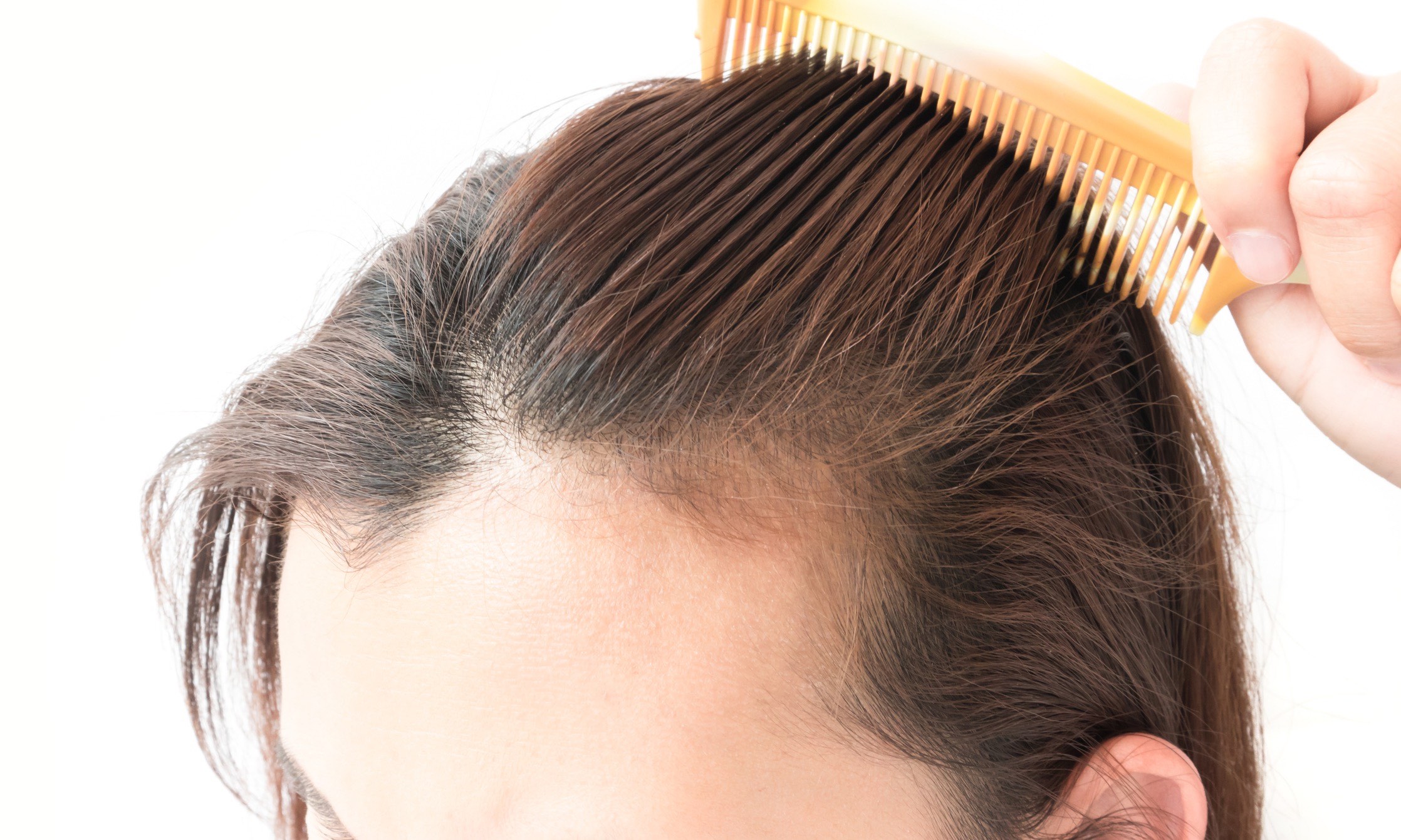Hair is an indispensable element of the female image. It’s the crown you never take off – neat and beautiful strands decorate the face and add confidence. However, some women have their lush hair start thinning out. If you are losing hair by the handfuls, don’t ignore it. Although hair loss tends to be associated with men, baldness in women is becoming more and more common which oftentimes causes a drop in self-esteem. That is why it’s worth looking at the problem more closely. Here are some factors that play a role in hair loss and tips to treat it.
When does it start?
We lose about 100 hairs every day. It’s a completely natural process, resulting from the need to replace hair after its life cycle has ended. New hair grows in the place of the fallen hair, which is natural in a healthy body. The problem starts when we notice larger amounts of hair loss, which can mean the beginning of baldness. If left untreated, the condition will get worse. However, before starting a treatment, you should diagnose the causes of your hair loss, as there are various factors that may play a role.
What are the possible causes?
Baldness in women can result from many factors and not from a single source. Therefore, it’s important to visit a dermatologist or trichologist who will diagnose the problem and provide an appropriate treatment. Sometimes you have to wait for a diagnosis as the problem may turn out to be complex and additional tests will be necessary.
A frequent cause of female baldness are changes in estrogen levels in the body. This occurs most often during menopause, pregnancy or after childbirth. Then, hair loss is prominent on the entire surface of the head.
Testosterone imbalances also play an active role in women’s hair loss. Even though it’s a male hormone, testosterone appears in the woman’s body, but in small amounts. Its overproduction contributes to male pattern baldness.
A woman’s genetic makeup is also a common culprit for hair loss and it is significantly harder to deal with than baldness caused by a hormonal imbalance.
Additional factors to take into account are fungal infections, stress and the fast pace of life can also cause problems. Excessive styling treatments may also play a role here. Frequent dyeing, bleaching, applying permanent waves, as well as the use of a dryer, curler and hair straightener weakens hair, making it more prone to falling out.
The condition of hair is also greatly affected by diet and general health. The lack of nutrients, vitamins and minerals contribute not only to hair loss, but also nail brittleness and poor skin condition. Drugs use also can trigger these effects.
Treatment of female baldness
After diagnosing the cause of baldness, your specialist will start the appropriate therapy and prescribe any necessary medicine. In the case of balding due to hormonal imbalances, you will have to improve your hormonal homeostasis (evenly balanced bodily processes). The process of treating baldness tends to be long term (3 months or longer), so do not be discouraged if the effects are not visible on the first day.
In order to make up the missing hair on the head, women often decide on aesthetic medicine treatments that helps hair thicken in patchy areas. Hair transplantation or mesotherapy in this case would do the trick. Hair transplantation is a procedure that very quickly thickens the hair, but it doesn’t remove the cause of the hair loss. With mesotherapy, the hair bulbs are nourished and strengthened, which will contribute to a faster regrowth of hair.
Baldness in women is a serious problem which cannot be entirely cured. Quick diagnostics, the use of the right cosmetics, improved vitamin intake and proper diet will help you treat hair loss.The use of non-invasive styling treatments will make the hair regain its former appearance faster as well.
About Author
Juliusz is a blogger and advisor at versum.com.

